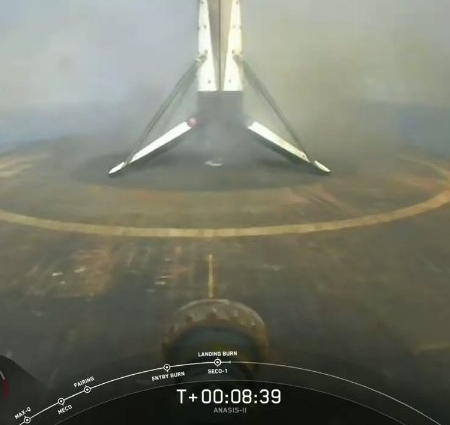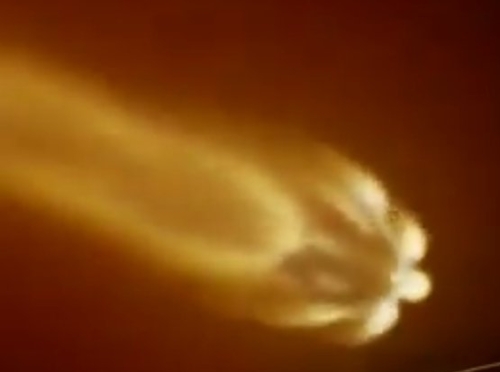SpaceX wins launch contract for unmanned lunar lander
Capitalism in space: Masten Space Systems has awarded SpaceX the launch contract for its unmanned lunar lander, being built to carry nine NASA science payloads to the south pole of the Moon.
Launch is tentatively scheduled for late ’22.
NASA will be an anchor customer for the mission but Masten intends to sign up others. “There is a tremendous amount of interest,” he said, including from both the public and private sector, although he didn’t mention any specific potential customers.
Mahoney said the level of customer interest soared after Masten won the CLPS award and had a firm schedule for the mission. “Once the CLPS award was made and we crossed from speculative to having a schedule, the tenor and tone of our conversations have changed dramatically.”
The limiting factor for the lander mission has not been the amount of mass available for payloads, he said, but instead positions on the lander that have views of the surface desired by payloads. “There’s a game of positioning among the various instruments so that they can get the view angles that they need and not interfere,” he said.
However, he said the company isn’t considering major changes in the lander’s design to accommodate payloads. “The design principle is the ‘pickup truck’ that can haul a bunch of different things,” he said. “We’re trying to escape the completely unique, bespoke system that does one job and one mission really well.”
I guarantee that at least one university student-built payload will end up on the lander.
Capitalism in space: Masten Space Systems has awarded SpaceX the launch contract for its unmanned lunar lander, being built to carry nine NASA science payloads to the south pole of the Moon.
Launch is tentatively scheduled for late ’22.
NASA will be an anchor customer for the mission but Masten intends to sign up others. “There is a tremendous amount of interest,” he said, including from both the public and private sector, although he didn’t mention any specific potential customers.
Mahoney said the level of customer interest soared after Masten won the CLPS award and had a firm schedule for the mission. “Once the CLPS award was made and we crossed from speculative to having a schedule, the tenor and tone of our conversations have changed dramatically.”
The limiting factor for the lander mission has not been the amount of mass available for payloads, he said, but instead positions on the lander that have views of the surface desired by payloads. “There’s a game of positioning among the various instruments so that they can get the view angles that they need and not interfere,” he said.
However, he said the company isn’t considering major changes in the lander’s design to accommodate payloads. “The design principle is the ‘pickup truck’ that can haul a bunch of different things,” he said. “We’re trying to escape the completely unique, bespoke system that does one job and one mission really well.”
I guarantee that at least one university student-built payload will end up on the lander.



